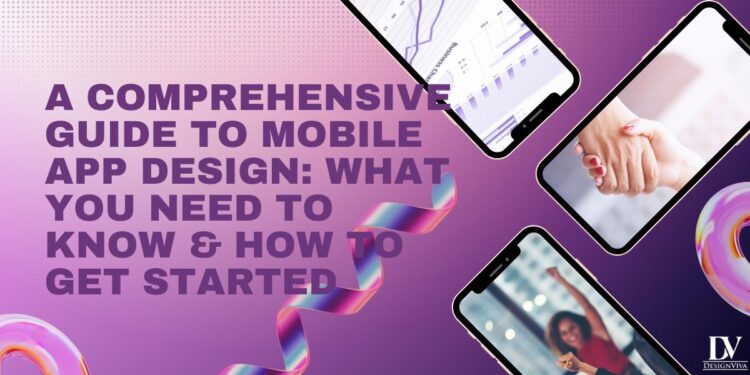Why Logo Design is the Cornerstone of Brand Identity
A logo is more than just a visual mark—it’s the face of your brand, the first impression that communicates your values, mission, and personality. In today’s competitive market, a well-designed logo can differentiate your business, foster customer loyalty, and drive recognition. But crafting a logo that stands the test of time requires strategy, creativity, and an understanding of design fundamentals.
This comprehensive guide dives deep into the world of logo design, offering actionable insights for entrepreneurs, marketers, and designers alike. Whether you’re launching a startup or refreshing an existing brand, you’ll learn how to create a logo that resonates with your audience and elevates your brand identity.
Section 1: The Importance of a Well-Designed Logo
1.1 First Impressions Matter
Studies show that consumers form an opinion about a brand in just 7 seconds, and visuals like logos play a pivotal role. A polished logo signals professionalism and credibility, while a poorly designed one can deter potential customers.
1.2 Building Brand Recognition
Think of iconic logos like Apple’s bitten apple or Nike’s swoosh—these symbols are instantly recognizable worldwide. Consistency in logo usage across platforms (websites, packaging, social media) reinforces brand recall.
1.3 Communicating Your Brand Story
A logo can subtly convey your brand’s ethos. For example:
- Organic brands often use earthy tones and natural motifs.
- Tech companies lean toward sleek, minimalist designs.
Section 2: Elements of a Memorable Logo
2.1 Simplicity is Key
The most effective logos are clean and uncluttered. Avoid overcrowding with text or complex graphics. Example: Google’s logo evolution stripped down to a simple sans-serif font.
2.2 Versatility Across Mediums
Your logo should work in all sizes and formats—from a tiny favicon to a billboard. Test it in black-and-white, grayscale, and color variations.
2.3 Color Psychology
Colors evoke emotions:
- Blue: Trust, stability (e.g., Facebook, IBM)
- Red: Energy, urgency (e.g., Coca-Cola, Netflix)
- Green: Growth, sustainability (e.g., Starbucks, Whole Foods)
2.4 Typography Choices
Fonts set the tone:
- Serif fonts (e.g., Times New Roman) suggest tradition and reliability.
- Sans-serif fonts (e.g., Helvetica) feel modern and approachable.
2.5 Originality
Avoid clichés like globes for “global” brands or lightbulbs for “innovation.” Aim for a unique concept that reflects your brand’s personality.
Section 3: Types of Logos
3.1 Wordmarks (Text-Based Logos)
Focus on typography. Ideal for brands with distinct names (e.g., Coca-Cola, Disney).
3.2 Pictorial Marks (Symbols)
Use an image or icon without text (e.g., Apple, Twitter’s bird).
3.3 Abstract Logos
Geometric shapes representing a brand’s essence (e.g., Pepsi’s swirling circle).
3.4 Combination Marks
Merge text and symbols (e.g., Burger King, Adidas).
3.5 Emblems
Text enclosed within a symbol (e.g., Starbucks, Harley-Davidson).
Section 4: The Logo Design Process: Step-by-Step
4.1 Research & Discovery
- Analyze competitors’ logos.
- Define your target audience and brand values.
4.2 Brainstorming & Sketching
- Doodle ideas on paper—explore metaphors, initials, or abstract shapes.
4.3 Digital Drafting
- Use tools like Adobe Illustrator or Canva to refine concepts.
4.4 Feedback & Iteration
- Test designs with focus groups or surveys.
4.5 Finalization & Brand Guidelines
- Create a style guide outlining logo usage, color codes, and spacing rules.
Section 5: Common Logo Design Mistakes to Avoid
- Overcomplicating the Design: Too many elements confuse viewers.
- Relying on Trends: What’s popular today may look outdated tomorrow.
- Ignoring Scalability: Intricate details get lost in small sizes.
- Poor Font Pairing: Mismatched typography disrupts harmony.
Section 6: Logo Design Trends in 2023
- 3D & Isometric Designs: Adds depth and modernity.
- Animated Logos: Enhances digital engagement.
- Retro Revival: Nostalgic 80s/90s aesthetics.
- Minimalist Geometry: Clean lines and basic shapes.
Section 7: DIY vs. Hiring a Professional Designer
7.1 When to DIY
- Budget constraints.
- Tools like Looka or Wix Logo Maker offer affordable solutions.
7.2 Benefits of Hiring a Pro
- Custom, unique designs.
- Expertise in vector formatting and brand alignment.
Section 8: How to Collaborate Effectively with a Designer
- Provide a clear creative brief.
- Share examples of logos you admire.
- Be open to constructive feedback.
Conclusion: Your Logo, Your Legacy
A logo is an investment in your brand’s future. By prioritizing simplicity, versatility, and originality, you can create a visual identity that not only stands out today but remains relevant for decades. Whether you design it yourself or partner with a professional, remember: your logo is the foundation of your brand’s story—make it unforgettable.








